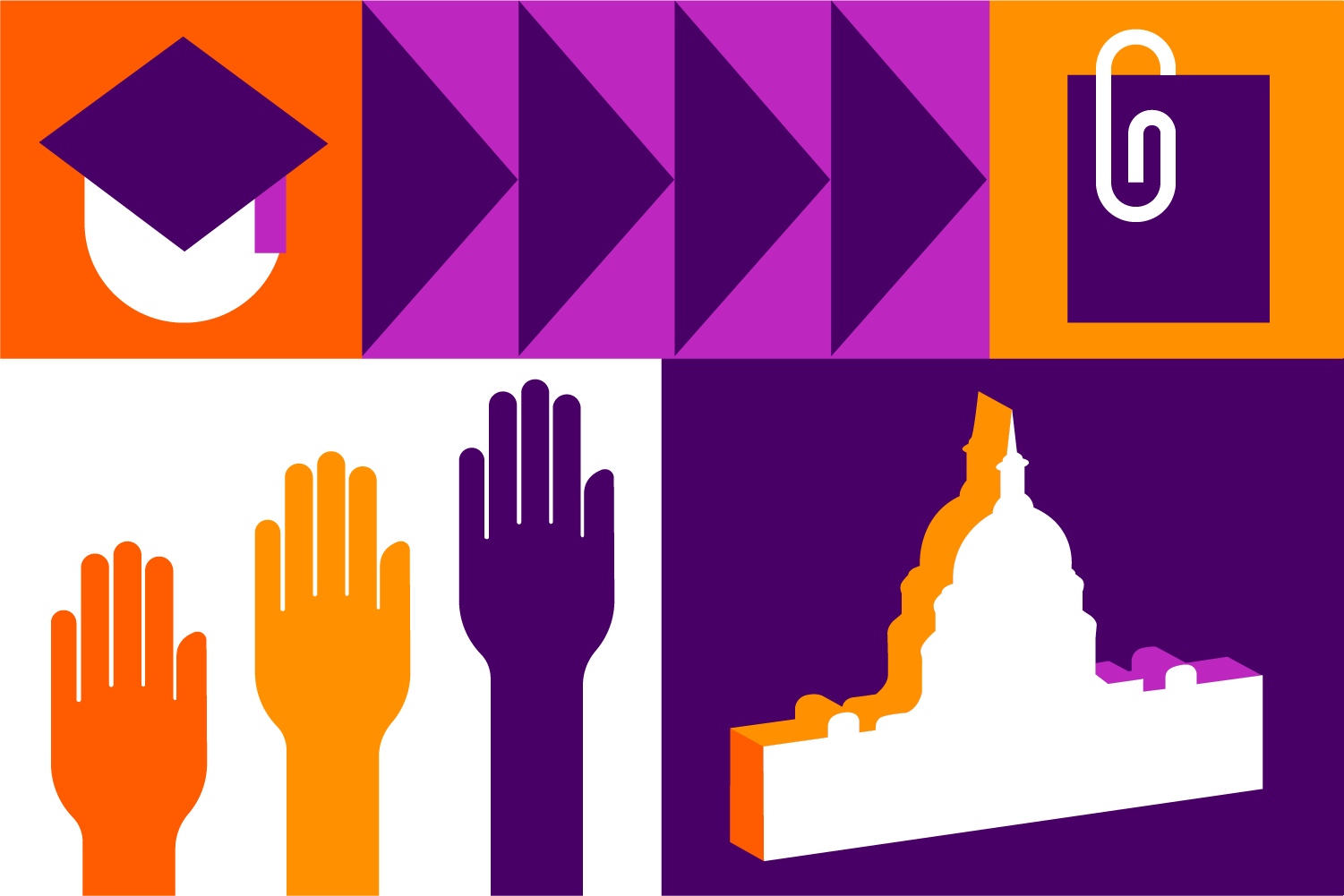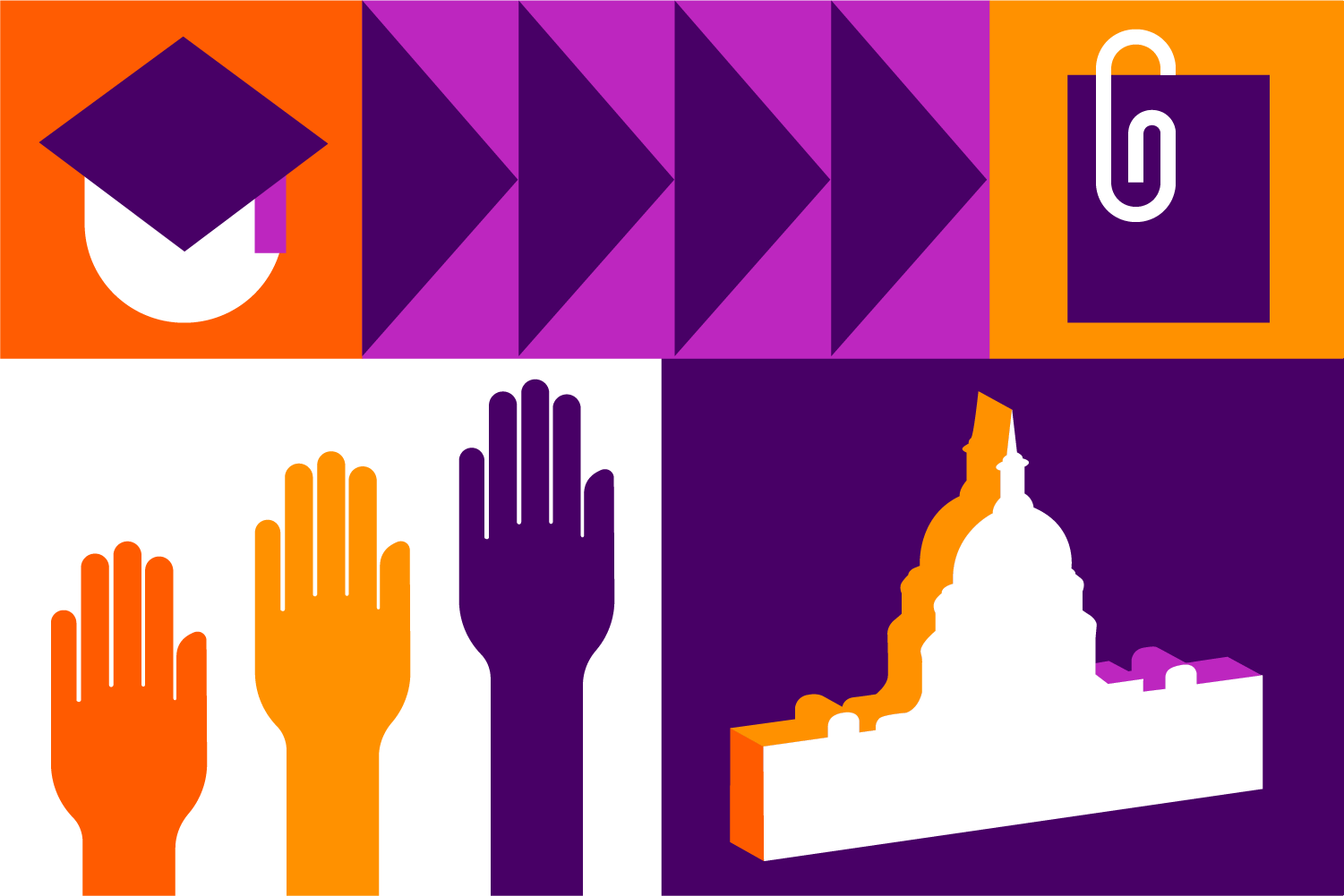iCivics acquired History’s Mysteries’ elementary curriculum, and will continue to work in partnership with the creators to further develop the product, making it available to K-5 students nationwide.
iCivics is partnering with History’s Mysteries to integrate its K-5 learning offerings into the iCivics suite of educational materials. This marks a significant investment for iCivics in elementary civic education, which has historically been underserved by the field.
The partnership with History’s Mysteries will allow iCivics to address this fieldwide deficit, and provide a full library of learning materials for every grade level K-12, giving elementary educators an accessible way to engage younger learners in history and civics during the most foundational years of their education.
Founded in 2009, iCivics reaches more than 145,000 teachers and 9 million students annually through free, nonpartisan games and interactive lesson plans that teach the fundamentals of civic education by putting students at the center of learning.
Similarly, History’s Mysteries places young learners in grades K-5 in the center of the action by challenging them to act as history detectives. Its curriculum asks students a “Big Question” such as “What does it mean to be a citizen?” and then guides them through a discussion with teachers in which students use primary sources such as images, videos and texts to form conclusions.
Over the next few years, iCivics will expand History’s Mysteries’ K-5 content and make materials easier for teachers to use by aligning the content to standards in all 50 states. As part of the partnership, History’s Mysteries will be rebranded as Private “i”: History Detectives. The new, upgraded History’s Mysteries content will be available at iCivics.org in time for the 2022-2023 school year.
Of the partnership, Kelley Brown and Laurie Risler, who created History’s Mysteries, said, “History’s Mysteries originated from educators asking for accessible primary sources, inquiry-based learning, and engaging materials. We developed a foundation of historical mysteries that will undoubtedly grow and improve with such an incredibly respected and knowledgeable organization. iCivics’ long track record of creating quality, balanced, and engaging materials for learners makes me so excited for the future of our partnership and the new Private “i” History Detectives in elementary classrooms all across the country.”
“iCivics has wanted to expand into elementary curriculum for quite some time. The building blocks of lifelong civic learning can and should be laid in the earliest grades. We’re incredibly excited about History’s Mysteries and what it will bring to our youngest learners,” iCivics Director of Curriculum and Content Taylor Davis said. “We already know that K-5 students are eager to learn more about civics. What better way to do that than by building on young students’ natural curiosity and asking them to take on the role of history detectives in search of civic knowledge and skills through the close-reading of primary sources and critical thinking.”
This collaboration grew out of the Library of Congress’s Teaching With Primary Sources (TPS) initiative, which provides grants for organizations to build materials and tools that teach key concepts using the Library’s digitized primary sources and other online resources. iCivics and History’s Mysteries are both grantee organizations and members of the TPS Consortium.









 become a member of the White House Press Corps. In her position, she asked leaders tough questions and wrote hard-hitting news stories. Her persistence brought civil rights issues to a national audience and put Black people’s experiences on the front page.
become a member of the White House Press Corps. In her position, she asked leaders tough questions and wrote hard-hitting news stories. Her persistence brought civil rights issues to a national audience and put Black people’s experiences on the front page.
